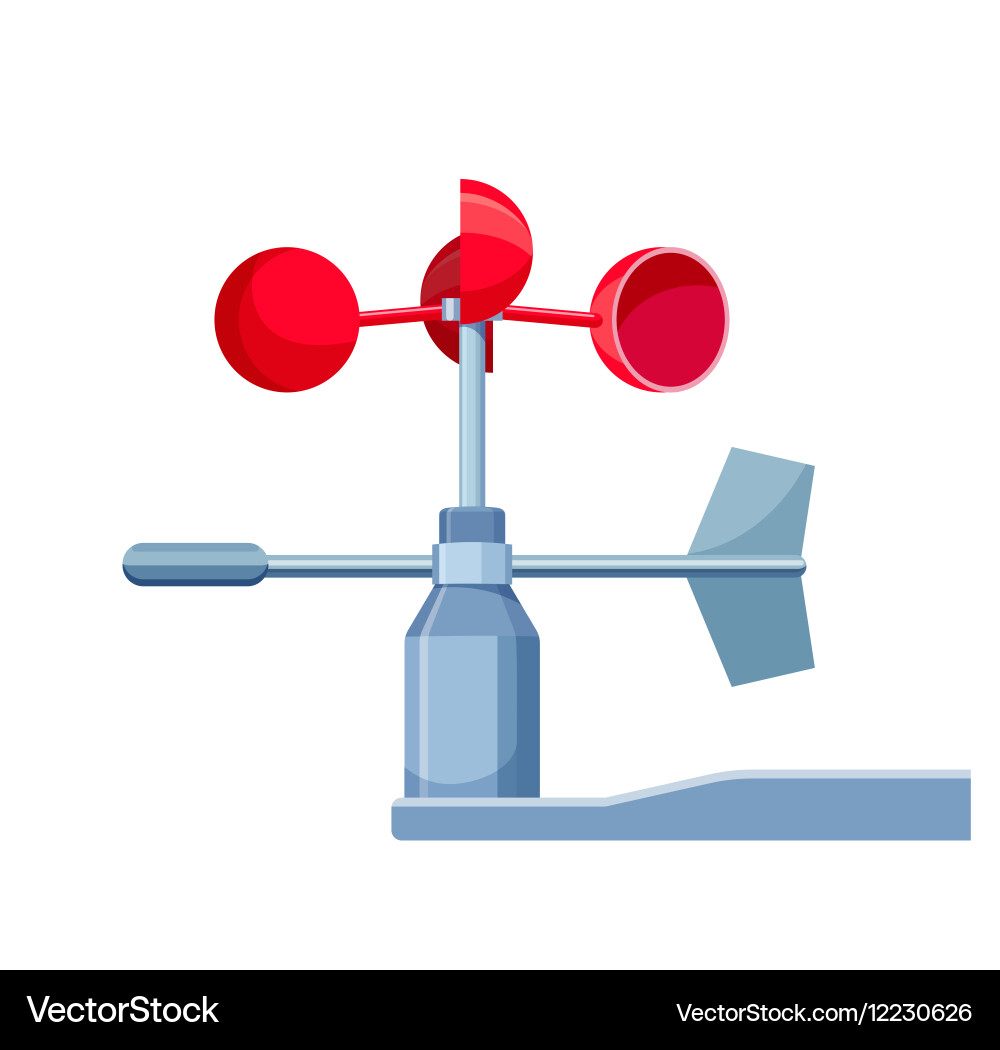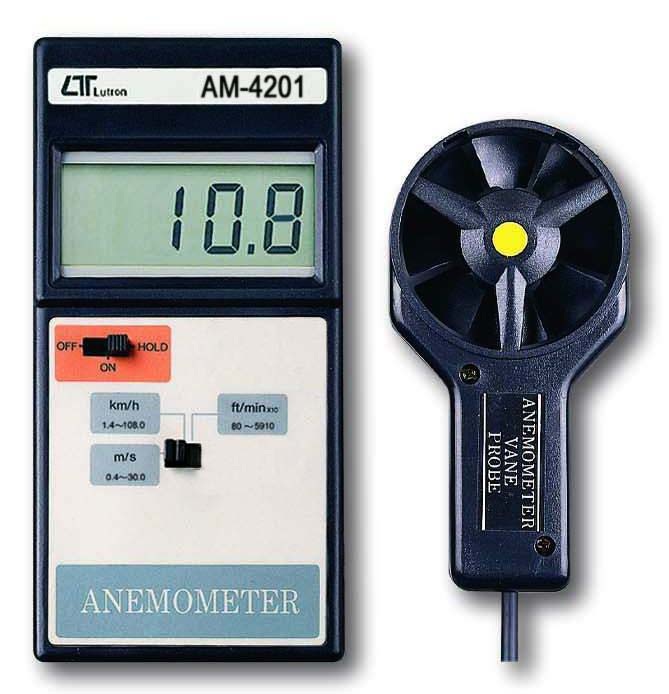Why an Anemometer is Crucial for Your Environmental Data Collection
Why an Anemometer is Crucial for Your Environmental Data Collection
Blog Article
Exploring the Features and Benefits of Anemometers for Weather Fanatics and Professionals
Anemometers stand as important devices in the world of weather condition surveillance, dealing with both lovers and skilled experts alike. These devices provide a window right into the dynamic world of wind patterns and speeds, providing very useful data for atmospheric analysis and projecting. From mug anemometers to sonic anemometers, each type brings its unique collection of benefits and applications, dropping light on numerous elements of climatic problems. As we delve right into the features and benefits of anemometers, a deeper understanding emerges not just of prevailing climate phenomena but also of the wider ramifications for markets like wind power production and ecological research.
Significance of Anemometers in Weather Tracking
Anemometers play an important role in weather tracking by offering precise dimensions of wind rate, aiding in forecasting and understanding weather condition patterns. These tools, ranging from conventional mug anemometers to modern-day ultrasonic anemometers, are necessary for meteorologists, scientists, and weather fanatics alike.

Kinds of Anemometers and Their Applications
With the essential duty anemometers play in climate monitoring and forecasting, comprehending the numerous kinds of these tools and their applications becomes essential for professionals and lovers in the field. The most usual kinds of anemometers include cup anemometers, vane anemometers, hot-wire anemometers, and ultrasonic anemometers. Mug anemometers contain three or four cups mounted on horizontal arms that revolve with the wind, determining its rate. Vane anemometers, on the other hand, make use of an openly rotating vane to line up with the wind instructions, giving both wind rate and instructions dimensions. Hot-wire anemometers run based upon the principle of convective warm transfer, where the cooling impact of the air flow is measured to determine wind rate. Ultrasonic anemometers make use of ultrasonic noise waves to compute wind rate and instructions precisely.
Cup anemometers are durable and suitable for basic climate tracking, while vane anemometers are preferred for directional dimensions. Ultrasonic anemometers are non-intrusive and offer high accuracy, frequently used in research study and specialized weather condition surveillance applications.
Benefits of Using Anemometers in Forecasting
In meteorology, the application of anemometers uses vital benefits for enhancing the accuracy of weather condition projecting. Anemometers determine wind speed and instructions, providing important information for predicting weather condition patterns. By integrating wind data right into projecting designs, meteorologists can better recognize the click for source activity of weather systems, expect changes in weather, and issue more accurate projections.
In addition, anemometers play an important function in evaluating potential weather condition dangers. Checking wind rates helps forecasters forecast serious weather condition occasions such as storms, twisters, and winter tornados with greater accuracy. This early warning system makes it possible for authorities to provide prompt informs and apply necessary safety and security steps, reducing the risks to life and residential property.
Furthermore, anemometers aid in maximizing sustainable energy manufacturing. By evaluating wind patterns, meteorologists can determine ideal areas for wind farms and anticipate power result, adding to the reliable generation of wind power.

Anemometers in Wind Energy Manufacturing
Provided the critical duty anemometers play in giving accurate wind data for weather condition forecasting and hazard evaluation, their value expands to the realm of wind power manufacturing. Anemometers are important instruments in the area of wind power, where the measurement of wind rate and direction is essential for identifying the expediency and efficiency of wind generator visit this website installments. By accurately determining wind speeds at varying heights, anemometers aid maximize the positioning and style of wind generators to make the most of power result.
In wind ranches, anemometers are purposefully positioned to gather real-time wind data that is made use of to analyze the potential energy production of a site. This information is crucial in determining the economic viability of wind energy jobs and in forecasting energy generation to guarantee grid security. Additionally, anemometers help in keeping an eye on wind problems to enhance generator efficiency, protect against damages from high winds, and guarantee the safety of employees working in the location of wind generators.
Enhancing Weather Condition Recognizing With Anemometers

Anemometers play an essential duty in improving our understanding of microclimates. These localized weather can vary significantly from broader regional forecasts, making it necessary to have precise information for details areas. anemometer. By purposefully placing anemometers in various locations, researchers can gather in-depth information on exactly how wind behaves in different surfaces, urban environments, or bodies of water
Additionally, anemometers add to enhancing weather projecting versions by giving real-time information on wind behavior. This details is especially useful for forecasting you can look here serious climate events, enhancing farming methods, and supporting sectors like air travel and maritime navigating. On the whole, anemometers are very useful instruments that allow us to dig much deeper right into the intricacies of weather condition systems, ultimately bring about even more better-informed decisions and precise forecasts.
Final Thought
In conclusion, anemometers play a crucial function in weather condition monitoring and forecasting by measuring wind speed and instructions. Anemometers additionally have applications in wind power manufacturing, additional highlighting their significance in both weather forecasting and sustainable energy sectors.
From mug anemometers to sonic anemometers, each type brings its unique collection of advantages and applications, losing light on various elements of climatic conditions. These instruments, ranging from typical cup anemometers to contemporary ultrasonic anemometers, are important for meteorologists, researchers, and weather condition enthusiasts alike. The most common types of anemometers consist of mug anemometers, vane anemometers, hot-wire anemometers, and ultrasonic anemometers. Mug anemometers are robust and suitable for general weather monitoring, while vane anemometers are favored for directional measurements. Anemometers are crucial instruments in the field of wind power, where the measurement of wind speed and instructions is critical for establishing the feasibility and efficiency of wind generator installations.
Report this page